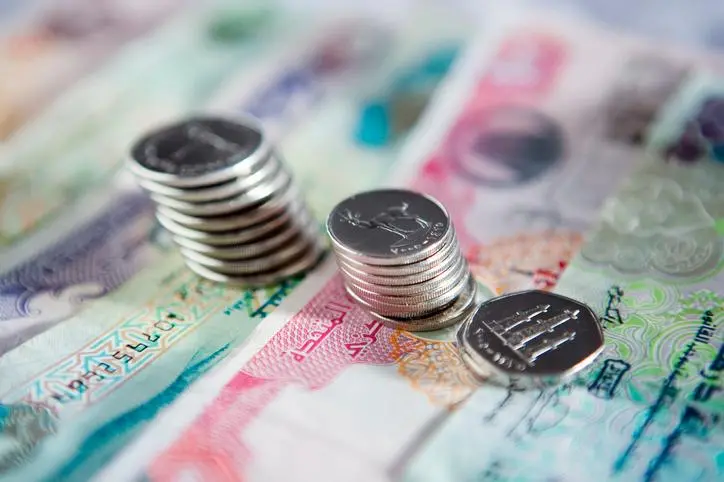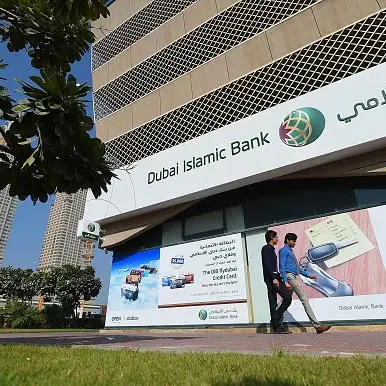PHOTO
The UAE's banks are likely to benefit from the planned increase in interest rates by the US Federal Reserve, which the Central Bank of the UAE (CBUAE) will likely mirror because the UAE dirham is pegged to the US dollar, according to a report from S&P Global.
“We calculate a 15 percent increase in net income and 1.4 percentage-point rise in return on equity for every 100-basis-points increase (parallel shift),” Mohamed Damak, a credit analyst at S&P Global said.
Economists at the ratings agency expect the Fed to raise rates six times this year starting in March, and five more times in total in 2023 and 2024.
"These changes will be earnings-accretive for UAE banks because of the structure of their balance sheets. This is, however, predicated on the assumption that the shift in the yield curve is parallel, and that banks' balance sheets remain static," he added.
Second-round effects of the increase in interest rates could come from a higher cost of risk and cost of funding. A higher loan charge could push some mortgage or personal-loan clients to the edge of default, while at the same time pressuring small and midsize enterprises (SMEs) that are still healing from the impact of the COVID-19 pandemic.
"However, stress tests applied by banks to mortgages at inception in relation to an increase in rates, the granularity of the exposure, and salary assignments for retail lending will act as mitigants."
On corporate borrowers, however, banks are likely to be easier and not reflect the full extent of the increase in rates if this could push their clients to non-performance.
"Overall, we project the banking sector's Stage 3 loans will reach 7 percent of systemwide loans by the end of 2022 compared with 6.1 percent at year-end 2021. We also expect cost of risk to increase slightly in 2022 to around 120-130 basis points (bps) compared with 116 bps in 2021 as support measures are lifted and companies in still vulnerable sectors are reclassified."
Cost of funding will inevitably rise as some deposits migrate from no- or low-interest to interest-bearing products, he added. However, with around two-thirds of total deposits bearing no or limited interest, UAE banks' funding will remain a strength.
The net external asset position is also likely to shelter UAE banks against lower and more expensive global liquidity.
"We rate five banks in the UAE, the ratings on which all carry stable outlooks, reflecting our view that their strong capitalization and profitability will continue to protect their creditworthiness over the next 12-24 months."
(Writing by Brinda Darasha; editing by Seban Scaria)
Disclaimer: This article is provided for informational purposes only. The content does not provide tax, legal or investment advice or opinion regarding the suitability, value or profitability of any particular security, portfolio or investment strategy. Read our full disclaimer policy here.
© ZAWYA 2022











